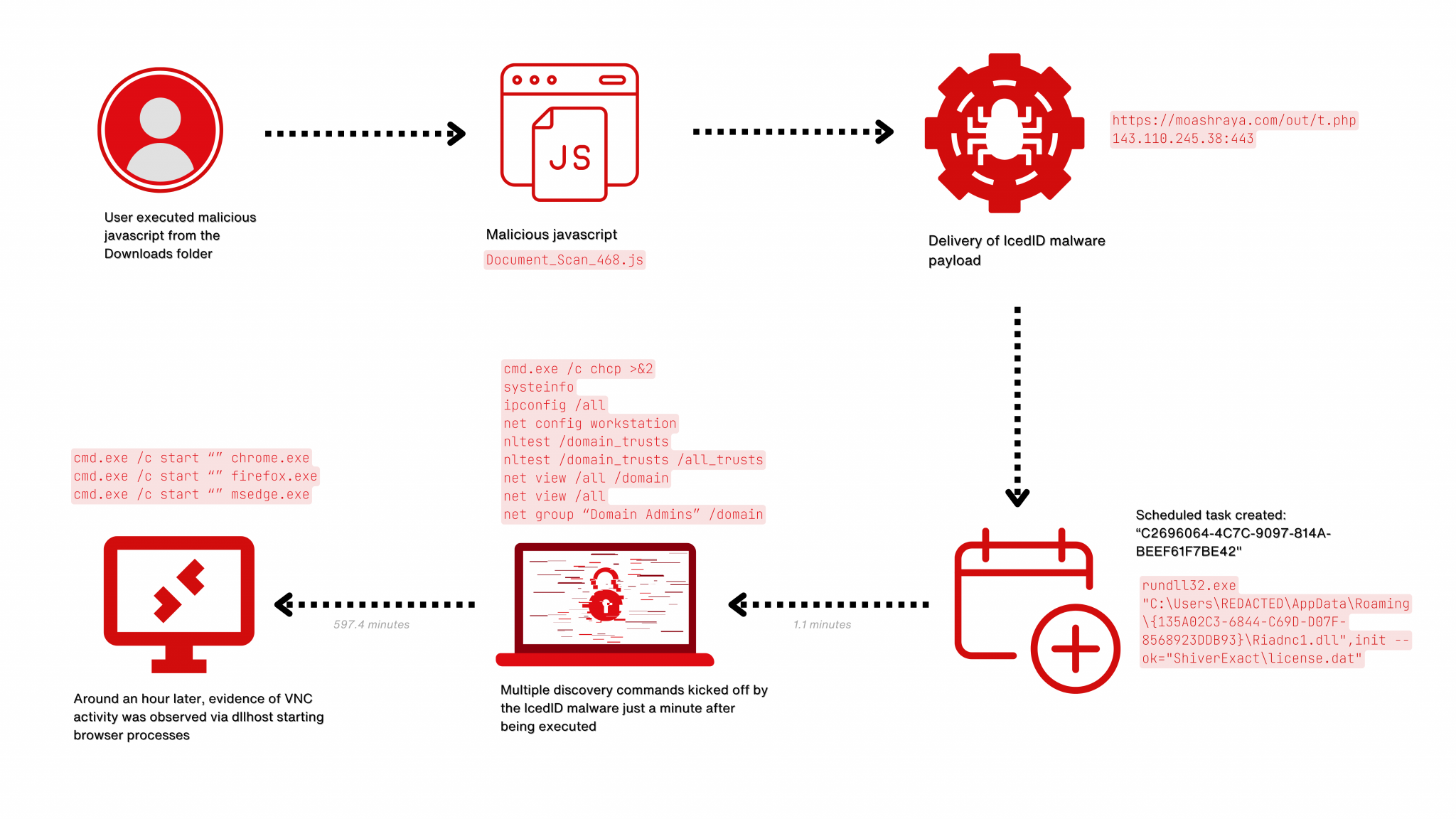Crypto exchange Gemini discloses third-party data breach
Crypto exchange Gemini discloses third-party data breach
Cryptocurrency exchange Gemini is warning it suffered a data breach incident caused by a cyberattack at its Automated Clearing House (ACH) service provider, whose name was not disclosed. […] Read More




.webp)

.webp)
